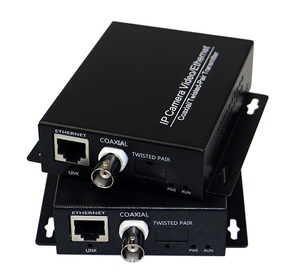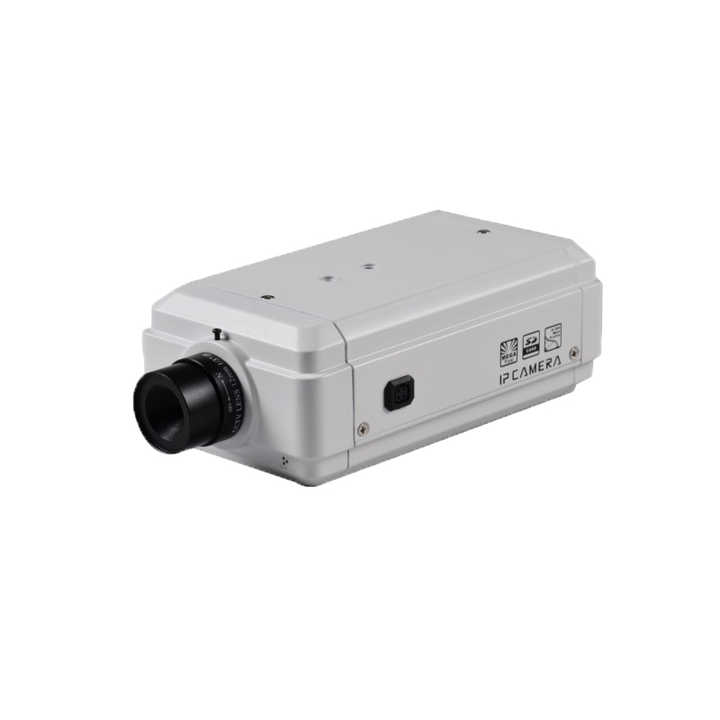Exactly How CCTV Cameras With Fiber Optic Result Boost Long-Distance Surveillance
CCTV cameras equipped with fiber optic output stand for a substantial advancement in long-distance surveillance modern technology, supplying unrivaled advantages over typical systems. By leveraging the buildings of light transmission via fiber optics, these cams guarantee high-definition video clip high quality remains intact across considerable ranges while efficiently reducing electromagnetic interference - cctv fibre optic cable.

Recognizing Fiber Optic Innovation
Fiber optic technology is increasingly made use of in long-distance surveillance applications as a result of its phenomenal ability for information transmission. This innovation employs slim hairs of glass or plastic fibers to transfer data as light signals, considerably reducing the depletion frequently related to conventional copper cables. The inherent properties of optical fiber permit the transmission of huge quantities of information over significant distances without loss of top quality, making it a suitable option for applications requiring trusted communication.
The principle of overall internal representation helps with the effective transmission of light within the fiber, ensuring high transmission capacity and speed. Unlike electric signals in metal wires, fiber optics are unsusceptible to electromagnetic disturbance, improving the honesty of data transmission. This particular is particularly important in settings with high levels of electric noise, such as commercial setups or metropolitan locations.
Additionally, fiber optic cords are lighter and more versatile than their copper counterparts, which simplifies installment and lowers structural tons. With their resilience and resistance to ecological factors, fiber optics are fit for outdoor applications, thus expanding the reach of keeping an eye on systems. Because of this, fiber optic technology is ending up being a keystone in contemporary security solutions, successfully resolving the challenges of long-distance monitoring.
Benefits of Fiber Optic CCTV
Using fiber optic modern technology in CCTV systems offers various advantages that improve security capacities. One of the main advantages is the capacity to send high-definition video over fars away without considerable signal deterioration. Unlike typical copper cables, fiber optics can maintain video high quality over considerable runs, making them excellent for large homes or remote tracking places.
Furthermore, fiber optic cords are less vulnerable to electromagnetic interference, which can distort signals in conventional systems. This guarantees clearer pictures and undisturbed solution, vital for safety tracking. Fiber optics are inherently more safe and secure, as obstructing signals needs specialized tools, therefore offering an added layer of defense versus unauthorized access.
The light-weight and small nature of fiber optic cables additionally simplifies installation, allowing simpler routing with tight rooms and decreasing general labor costs. Their longevity makes them resistant to environmental aspects such as moisture and temperature level fluctuations, expanding the life expectancy of the security system.
Finally, fiber optic systems can sustain a higher number of cameras on a single network, optimizing resources and using scalability for future development. These advantages make fiber optic CCTV systems a premium selection for modern monitoring requirements.
Contrast With Typical Solutions
When contrasting CCTV systems, typical configurations commonly fall short in a number of vital areas, specifically in regards to distance and signal stability. Conventional coax systems usually encounter significant signal deterioration over lengthy ranges, limiting efficient surveillance varies to about 300 feet (cctv fibre optic cable). Beyond this threshold, picture quality lessens, leading to go to my site prospective dead spots and lowered surveillance effectiveness
In contrast, fiber optic systems preserve signal honesty over a lot better ranges, frequently surpassing a number of miles without loss of high quality. This is largely because of their capability to transfer data as light signals, which are much less prone to electro-magnetic disturbance than electric signals made use of in typical systems.
In addition, typical systems call for more extensive maintenance and troubleshooting as a result of their vulnerability to environmental variables such as dampness and electro-magnetic sound. Fiber optic systems, on the other hand, deal improved toughness and lower maintenance costs, as they are less prone to damage.
Applications in Long-Distance Monitoring
The advantages of modern CCTV systems in keeping signal honesty over cross countries open up a wide variety of applications for long-distance tracking. One considerable application is in urban security, where communities release fiber optic CCTV systems to check public areas, improving safety and hindering criminal task. These systems offer continuous, high-quality video clip feeds that are important for effective police and emergency situation reaction.
Another vital application remains in industrial settings, where remote surveillance of producing procedures and harmful areas is crucial. Fiber optic CCTV can stand click over here up to harsh settings and transfer information over long distances without loss of quality, enabling real-time oversight and reducing risks to workers.
In addition, critical facilities such as airports, railways, and pipes gain from long-distance CCTV monitoring. Safety groups can oversee big locations from centralized control rooms, ensuring fast action to any kind of incidents.
Additionally, in farming setups, farmers utilize long-distance CCTV to keep track of crops and animals, aiding to boost productivity and protection. On the whole, the flexibility and integrity of fiber optic CCTV systems make them indispensable across various industries, allowing detailed security remedies customized to details demands.
Future Fads in Security Modern Technology
Exactly how will improvements in innovation improve the landscape of monitoring? The future of monitoring innovation is poised for considerable transformation, driven by innovations such as synthetic intelligence (AI), machine learning, and side computer. These innovations make it possible for real-time my blog data analysis, enabling rapid recognition of possible hazards and improved situational understanding.
AI-powered analytics will boost the precision of facial recognition systems, reducing incorrect positives and allowing more effective monitoring of people. Furthermore, the integration of Net of Things (IoT) devices will certainly assist in a smooth network of interconnected security systems, boosting surveillance abilities across large locations.
An additional pattern is the shift in the direction of cloud-based storage remedies, which provide scalable information administration and accessibility. This will certainly allow organizations to save large quantities of video information without the limitations of physical storage, while ensuring that information is easily retrievable.

Verdict
In conclusion, CCTV video cameras furnished with fiber optic result stand for a substantial advancement in long-distance monitoring abilities. As monitoring innovation proceeds to advance, the adoption of fiber optic options will likely play a crucial duty in enhancing security across diverse applications.